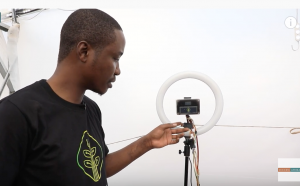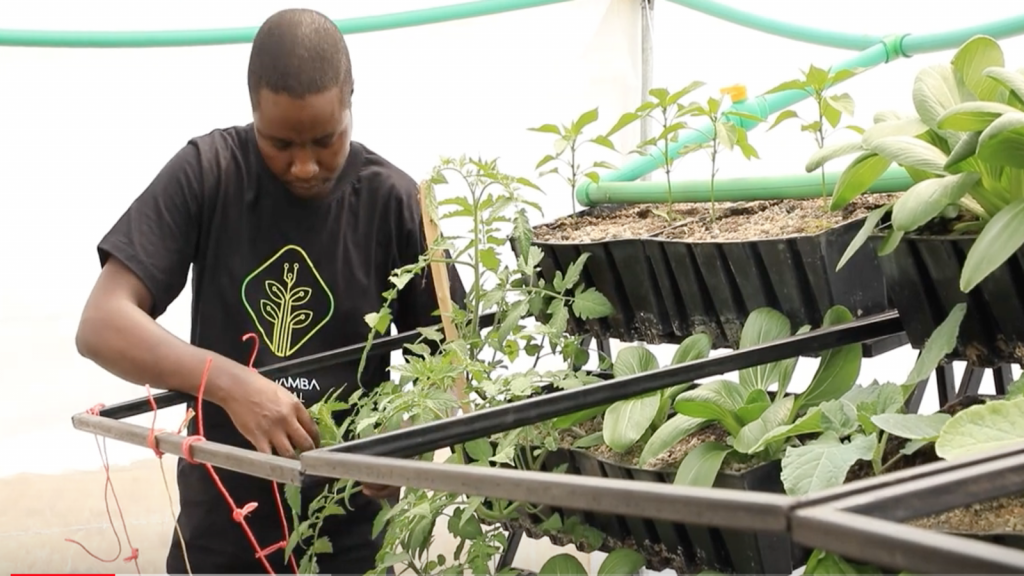It involves vertically suspended structures attached to walls or freestanding allowing plants to grow using hydroponics. It is believed that vertical gardens were in use during the Egyptian civilization. However research shows it was invented by Prof. Stanley Hart White in 1938. French botanist Patrick Blanc modernized the idea to what it is today. Vertical gardens have become popular in recent years in urban setups where high-rise buildings have little or no space for gardening. Ideally it can be practiced both outdoor and indoor. They have environmental, economic and physiological benefits.
Environmentally, they improve quality of air by filtering pollutants and CO2 out of air.
Vertical garden plants include
- Vines
- Succulents
- Ferns
- Air plants
- Bromeliads
- Herbs
- Vegetables
- Onions
- Capsicums etc
How to water vertical gardens
A vertical garden can be watered manually or by gravity drip fed irrigation system.
It is evident that integrating technology with agriculture is the way to go. Technology is providing solutions to problems in the agricultural space with increased quantity and quality in production of farm produce. Some of this is realized in small spaces thanks to innovation. Charles Oduk of M-Shamba has
integrated technology with farming for sustainable farming for zero hunger.

On a minimal space (land), a variety of food is produced using hydroponics which includes kales, spinach, bulb onions, herbs, spices, lettuce, tomato, pepper and strawberry.
The vertical garden is 95% automated hence it requires little labor workforce. Water flows by gravity from top crate to the bottom where it collects, is sieved then returns to the collection tank.

An antenna (smart level water sensor) updates in real time the percentage of water in the tank and informs the farmer on which plants consume more water. A monitoring gadget with sensors has been installed to capture data on temperature, light intensity, humidity and PH and relays this info to farmer via SMS. Pest traps are used to control pests.
For more info and insights watch this on our YouTube channel. Remember to subscribe and leave a comment. You can also share with your friends so that they can learn too.
